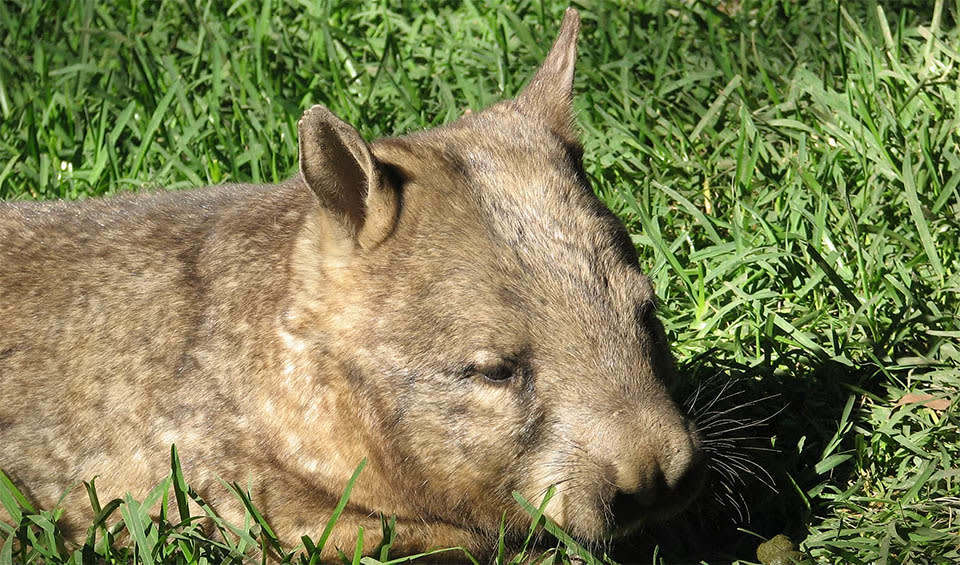This wombat is native to Australia and is known for its soft, silky fur and the distinctive patch of hair on its nose, which gives it its name. They have a sturdy, barrel-shaped body, short legs, and strong claws that make them excellent diggers.
One of the most remarkable features of the northern hairy-nosed wombat is its burrowing ability. These wombats create extensive underground burrows where they live and seek refuge from the harsh Australian climate. Their burrows are complex, with multiple entrances, tunnels, and chambers that provide protection from predators and extreme temperatures. The burrows also help them conserve energy and water, which is crucial for their survival in the dry, arid environments where they are found.
Despite their tough circumstances, northern hairy-nosed wombats have some incredible adaptations that help them survive. They are primarily nocturnal, meaning they are most active at night when it is cooler. This helps them avoid the heat of the day and conserve water. Their diet consists mainly of grasses, which they graze on during the night. Interestingly, these wombats have a very slow metabolism, which allows them to extract as much nutrition as possible from the tough, fibrous grasses they eat. This slow metabolism also helps them survive in environments where food is scarce.
Another interesting fact is that the northern hairy-nosed wombat produces cube-shaped poop, just like other wombat species. This unique shape is believed to help the poop stay in place, preventing it from rolling away and allowing the wombat to use it for marking its territory. This has even sparked scientific interest, as researchers have studied the wombat’s digestive system to understand how they produce such perfectly shaped droppings.
Distribution
 Australia
Australia Official estimate
Official estimate
Anything we've missed?
Help us improve this page by suggesting edits. Glory never dies!
Suggest an editGet to know me
Terrestrial / Aquatic
Altricial / Precocial
Polygamous / Monogamous
Dimorphic (size) / Monomorphic
Active: Diurnal / Nocturnal
Social behavior: Solitary / Pack / Herd
Diet: Carnivore / Herbivore / Omnivore / Piscivorous / Insectivore
Migratory: Yes / No
Domesticated: Yes / No
Dangerous: Yes / No




